.png)
BY Admin
Rajasthan, a land of regal legacy and architectural marvels, is home to several forts that depict the grandeur of India's royal past. The forts of Rajasthan, recognized as UNESCO World Heritage Sites such as Chittorgarh, Kumbhalgarh, Ranthambore, Amber, Jaisalmer, and Gagron, stand as testaments to the rich history and strategic importance of these battlements. These iconic structures not only captivate visitors with their majestic beauty but also narrate tales of bravery and chivalry from the epochs gone by. This article embarks on an exploratory journey to discover the topmost forts in Rajasthan. Spanning across scenic locations, from the high hilltops to vast desert expanses, the featured forts and palaces of Rajasthan unravel the state's historical saga. The inclusion of famous forts in Rajasthan like Amer Fort, Mehrangarh Fort, and Jaisalmer Fort, among others, will not only enrich the rajasthan forts list but provide an insightful guide into selecting the best forts in Rajasthan to visit, showcasing the architectural prowess and the cultural heritage of this princely state. Amer Fort, Jaipur Amer Fort, nestled in the town of Amer near Jaipur, stands as a monumental jewel of Rajasthan, showcasing an exquisite blend of Hindu and Mughal architecture. This fort, a principal attraction for tourists visiting Jaipur, is not only a UNESCO World Heritage Site but also a symbol of Rajasthan's rich history and architectural grandeur. Constructed primarily of red sandstone and marble, the fort's design elements captivate visitors with its artistic and imaginative Hindu design elements. Key Highlights: The fort overlooks Maota Lake, its primary water source, adding to the picturesque beauty of the site. Originally built by Raja Man Singh I and later expanded by Jai Singh I, Amer Fort's majestic presence near Jaipur makes it a must-visit for anyone interested in exploring the forts and palaces of Rajasthan. Its layout across four levels, each with a distinct function and beauty, from the Sila Devi temple at the first courtyard to the zenana or women's quarters at the fourth, tells a story of royal life, culture, and architectural ingenuity. Must read: Planning a 2-Day Jaipur Adventure: Top Places to Visit Jaigarh Fort, Jaipur Following the majestic Amer Fort, the Jaigarh Fort, also known as the Victory Fort, presents an equally fascinating exploration. Constructed by Mirza Raja Jai Singh in 1726, it served a protective role for the Amer Fort and its palace complex. Perched on the Cheel ka Teela of the Aravalli range, it offers a commanding view of the Amer Fort and the Maota Lake, underscoring its strategic importance. Key Attractions: Open for visitors from 09:00 hours to 18:30 hours throughout the week, with an entry fee of ?150 for Indians and around ?200 for foreigners, Jaigarh Fort stands as a testament to Rajasthan's formidable military history and architectural brilliance. Nahargarh Fort, Jaipur Nestled atop the rugged Aravalli Hills, Nahargarh Fort forms a formidable defense ring around Jaipur, alongside Amer and Jaigarh Forts. Originally named Sudarshangarh, it was later renamed to Nahargarh, which translates to 'abode of tigers'. Built in 1734 by Maharaja Sawai Jai Singh II, the fort has witnessed several expansions, the most significant being in 1868 under Dirgh Patel, which added a range of palaces within its premises. Key Features: The fort offers a panoramic view of Jaipur, especially enchanting at night. It's connected to Jaigarh Fort through fortifications, emphasizing its strategic importance. Open from 10:00 am to 6:30 pm, with an entry fee of ?50 for domestic visitors and ?200 for foreigners, Nahargarh Fort stands as a testament to Jaipur's regal past and architectural grandeur. Must read: The 10 Best Tour Packages for Couples in Rajasthan Hawa Mahal, Jaipur Hawa Mahal, also known as the Palace of the Winds or Palace of the Breeze, stands as a unique architectural masterpiece in Jaipur, Rajasthan. Built in 1799 by Maharaja Sawai Pratap Singh and designed by Lal Chand Ustad, this five-story structure made of red and pink sandstone towers 50 feet high. Its front facade, adorned with 953 intricately carved Jharokhas (windows), was ingeniously designed to allow royal ladies to observe street festivals unseen, while also facilitating air circulation, thus keeping the palace cool during the hot summers. Key Aspects: Maintained by the Government of Rajasthan's archaeological department, Hawa Mahal remains a testament to the ingenuity of Rajasthani architecture and a must-visit for those exploring the forts and palaces of Rajasthan. Taragarh Fort: Ajmer Perched atop the Nag Pahari of the Aravalli ranges, Taragarh Fort in Ajmer, originally known as Ajaymeru Durg, boasts a significant historical legacy dating back to its construction in the 8th century by Ajayaraja Chauhan. Its strategic location offers breathtaking panoramic views of Ajmer, making it a photographer’s delight. The fort's architectural prowess is evident in its intricate carvings, showcasing fine examples of art from bygone eras. Key Features: Visitors are encouraged to explore between October to March, when the climate is most favorable. With its archaeological importance and historical significance, Taragarh Fort remains a testament to Rajasthan's rich heritage, inviting explorers to uncover its mysteries. The fort's accessibility by a serpentine motorable road and the presence of fourteen bastions guarding its premises further add to its allure, making it a must-visit for history enthusiasts and travelers alike. Must read: Exploring Jaisalmer and Jodhpur: The Ultimate Rajasthan Experience Mehrangarh Fort, Jodhpur Mehrangarh Fort, towering above Jodhpur, is a testament to Rajasthan's architectural brilliance and historical depth. Despite not being recognized by UNESCO, its significance is undeniable, established in 1459 by Rao Jodha. This fort is not just a structure but a narrative of victories, culture, and art spanning over centuries. Key Highlights: The fort's intricate carvings, expansive courtyards, and preserved cannons speak volumes of its historical significance. As a hub of folk art and traditions, Mehrangarh Fort remains a must-visit for those keen on exploring the depths of Rajasthan's history, architecture, and culture. Rohet Fort, Jodhpur Rohet Fort, a classical heritage structure nestled in Jodhpur, Rajasthan, stands as a significant landmark and a testament to the grandeur of Rajput architecture. This 16th-century fort, originally the residence of the Rathore royal family, has gracefully transitioned into a heritage hotel, offering guests a slice of royal living amidst a rural setting. Located 38 km from Jodhpur, near the serene Maa Laxmi Temple, Rohet Fort is built on the banks of a quaint lake, surrounded by the lushness of manicured gardens and the melodious sounds of dancing peacocks and chirping birds. Accommodations and Amenities: Experiences at Rohet Fort: The fort's rich history, coupled with its vibrant culture and tradition, makes it an alluring tourist destination often referred to as the 'Evergreen Oasis in the Desert'. Offering activities like village safaris and culinary workshops, Rohet Fort invites guests to immerse themselves in the royal era of Rajasthan, making it a must-visit for those seeking an authentic Rajasthani experience. Must read: Places You Can't Miss on a Jodhpur to Jaisalmer Road Trip Jaisalmer Fort, Jaisalmer Jaisalmer Fort, also known as Sonar Qila or the Golden Fort, stands as a beacon of architectural splendor and historical grandeur in the heart of the Thar Desert. Built in 1156 AD by Rawal Jaisal, this UNESCO World Heritage Site is one of the few living forts in the world, with about a quarter of Jaisalmer's population still residing within its walls. The fort's unique feature is its yellow sandstone walls that shimmer golden under the sun, especially at sunset, earning it the moniker 'Golden Fort'. Key Features: The fort faces challenges such as water seepage, inadequate sewage systems, and the impact of climate change, necessitating ongoing conservation efforts to preserve its legacy. Despite these challenges, Jaisalmer Fort continues to captivate visitors with its majestic beauty, rich history, and the lively culture of its inhabitants. Ranthambore Fort, Sawai Madhopur Ranthambore Fort, nestled within the Ranthambore National Park, stands as a beacon of Rajasthan's illustrious past and natural beauty. This UNESCO World Heritage Site, believed to have been built by the Chauhans in the 10th century, is a marvel of strategic design and impregnability. Its rich history is marked by multiple captures due to its strategic importance, having been occupied by various dynasties including the Chahamana and Hada Rajputs, Mewar Rajput Kings, and the Delhi Sultanate. Key Architectural and Historical Highlights: Cultural and Natural Significance: The fort's premises, part of the former hunting grounds of the Maharajahs of Jaipur, are now a prime location for bird watching and spotting wildlife like Langurs and the elusive Fishing cat. Despite the challenges of time, Ranthambore Fort continues to offer visitors breathtaking views of the Ranthambhore National Park, serving as a testament to Rajasthan's rich heritage and the enduring beauty of its natural landscapes. Must read: The Best Budget-Friendly Rajasthan Tour Packages Nahargarh Fort, Ranthambore Nestled near the Ranthambore forest, close to the famed Ranthambore National Park, Nahargarh Fort emerges as a luxurious oasis amidst the wilderness. The fort, sprawling across vast acres, is enveloped by a verdant expanse of greenery and thousands of trees, setting a serene backdrop for an unforgettable stay. Key Offerings at Nahargarh Fort: Dining and Leisure: Wellness and Activities: The fort stands out not only for its indulgent amenities and anticipatory service but also for its curated experiences designed to create lasting memories. From cultural performances in the evenings to the mesmerizing views of wildlife, Nahargarh offers a unique blend of adventure and luxury, making it one of the most indulgent properties in Rajasthan. Chittorgarh Fort, Chittorgarh Chittorgarh Fort, standing majestically in Rajasthan, is not just India's largest fort by area but a symbol of Rajputana pride, loyalty, and sacrifice. This UNESCO World Heritage Site, perched on a 180m high hill, spans over 280 hectares and has a circumference of 13 km. It's a living testament to the bravery of legendary figures like Meera Bai and Maharana Pratap, and the site of significant historical events, including three major sieges that dramatically shaped its history. Key Structures and Attractions: Historical Significance: Cultural Legacy: The fort hosts the annual Jauhar Mela, commemorating its rich history and the valor of Rani Padmini and the Rajputs. It also houses a museum, showcasing artifacts that narrate its storied past. With 65 historic structures, including temples, palaces, and water bodies, Chittorgarh Fort invites visitors to explore the essence of Rajputana's glorious history. Must read: Your Perfect Tour Plan for Udaipur and Mount Abu Gagron Fort, Jhalawar Gagron Fort, nestled in the Jhalawar district of Rajasthan, is a remarkable example of a hill and water fort, surrounded by water on all sides, making it a unique attraction. Constructed in the 12th century by Dod king Bijaldev and later ruled by the Khinchi kingdom for 300 years, this fort has a rich history marked by 14 battles and 2 instances of Jauhar. Its strategic location on the Mukundara Hills of the Vindhyan ranges, coupled with its architectural prowess, earned it a spot on the UNESCO World Heritage Site list in June 2013. Key Features: Visitors can explore the fort from 9:00 a.m. to 6:30 p.m., with an entry fee applicable. The fort's watchtower offers stunning views of the merging rivers, and the presence of unique wildlife like the Hiraman parrots adds to its allure. Despite being in ruins until recently, ongoing restoration efforts aim to preserve its grandeur for future generations. Kumbhalgarh Fort, Rajsamand Kumbhalgarh Fort, located in the Rajsamand district of Rajasthan, is a monumental testament to the architectural prowess and historical significance of the Mewar region. Built in the 15th century by Rana Kumbha, this fort is renowned for its massive wall, stretching 36 kilometers long, making it the second-longest continuous wall in the world, after the Great Wall of China. The fort's strategic position atop a hill 1,100 meters above sea level offers a commanding view of the surrounding landscape, enhancing its defensive capabilities. Key Features: Kumbhalgarh's rich history is further highlighted by its designation as a UNESCO World Heritage Site, part of the Hill Forts of Rajasthan. The surrounding Kumbhalgarh Wildlife Sanctuary adds to its allure, providing a sanctuary for perse species of wildlife. This fort, the birthplace of the legendary Maharana Pratap, stands not only as a symbol of Rajput valor and architectural ingenuity but also as a beacon of cultural heritage, drawing visitors from across the globe to marvel at its grandeur and delve into its storied past. Must read: Uncover the Treasures of Ranthambore National Park: The Perfect Trip Plan Junagarh Fort: Bikaner Junagarh Fort, originally named Chintamani, distinguishes itself from other forts in Rajasthan by its location in the heart of Bikaner, rather than atop a hill. Constructed between 1589 and 1594 by Karan Chand under the rule of Rai Singh of Bikaner, this fort has withstood the test of time and military conflicts, including a brief occupation by Kamran Mirza in 1534. Key Architectural and Historical Features: The fort’s museum, established in 1961, showcases a vast array of artifacts including Sanskrit and Persian manuscripts, miniature paintings, and royal costumes, offering visitors a deep pe into the rich cultural heritage of Rajasthan. Managed by the Maharaja Rai Singhji Trust, efforts continue to enhance visitor experience, preserving the fort’s legacy for future generations. Chittor Fort, Chittorgarh Chittor Fort, nestled in Chittorgarh, Rajasthan, is a monumental beacon of India's rich history, stretching over an impressive area of 2.8 km² with a perimeter of approximately 13 km. This fort, one of the largest in India, was established in the 7th or 8th century BC by Chitrangada Mori, a Rajput chieftain. Its historical significance is further magnified as it became the capital of Mewar under Bappa Rawal, who either captured it or received it as part of a dowry. Sieges and Jauhars: Chittor Fort is renowned for its resilience against numerous sieges, notably by Alauddin Khilji in 1303, Bahadur Shah in 1535, and Akbar in 1567. The siege by Alauddin Khilji is particularly famous, aiming to capture Padmini, the queen of Mewar. These sieges led to the tragic practice of Jauhar, where the women of the fort committed mass self-immolation to escape capture. Architectural and Natural Highlights: Chittor Fort's legacy as a stronghold of Rajput valor and its architectural marvels make it a must-visit destination for those interested in the forts of Rajasthan and the tales of bravery and sacrifice embedded in their walls. Must read: What is the Best Itinerary for a Ranthambore Tour? Khimsar Fort Khimsar Fort, a historical marvel in Rajasthan, dates back to the 15th century and serves as a significant landmark halfway between Jodhpur and Bikaner. Initially built by Rao Karamsji, the 8th son of Rao Jodha, for the Khimsar clan, it has evolved from a defensive bastion into a luxury heritage hotel under Thakur Onkar Singh's vision in the late 20th century. Key Highlights: Surrounding the fort are hills with lush greenery and four bastions, Hindu and Jain temples within its premises, enhancing its mystical allure. Accessible only by jeep, camel, or horseback, it promises an adventure right from the arrival. The recent wedding of Shanelle, Smriti Irani's daughter, at the fort highlights its prestige as a prime location for memorable events. Bhangarh Fort Bhangarh Fort in Alwar, Rajasthan, captivates visitors not only with its historical architecture but also with its eerie reputation as India's most haunted fort. Built in the 17th century by Man Singh I for his son Madho Singh I, this fort near the Sariska Tiger Reserve, is shrouded in mystery and legend. Legends and Hauntings: Key Points of Interest: Bhangarh Fort remains a must-visit for those intrigued by history and the supernatural, offering a unique blend of architectural beauty and spine-tingling tales. Must read: Planning an Unforgettable 8-Day Car Trip to Rajasthan? Lohagarh Fort Lohagarh Fort, located in Bharatpur, Rajasthan, is renowned for its robust construction, earning the nickname "Iron Fort" due to its formidable defenses. Constructed by Maharaja Suraj Mal in 1732, this architectural marvel stands on an artificial island, showcasing the strategic genius of its creators. It took a staggering eight years to complete, designed primarily for functionality and safety without the embellishments typical of other forts. This focus on defense was proven during the Siege of Bharatpur in 1805, where it repelled numerous British attacks, a testament to its strength. Key Features and Historical Significance: A unique aspect of Lohagarh Fort is its museum housed in the Kamra Palace, established in 1944. This museum showcases an extensive collection, including sculptures, portraits of Jat Kings, miniature paintings, and an armory section, offering visitors a deep pe into the region's rich history and the legacy of Maharaja Suraj Mal. The fort's ability to withstand several British assaults without capitulation marks it as one of the strongest forts in Rajasthan, embodying the resilience and strategic acumen of its rulers. Mandawa Fort, Shekhawati Mandawa Fort, nestled in the heart of Shekhawati, Rajasthan, is a mesmerizing spectacle of art and architecture, making it a pivotal destination for history and art enthusiasts. Known for its opulent frescoes and grand havelis, the fort stands as a testament to the rich cultural tapestry of the region. Key Highlights: Visitor's Guide: Mandawa, often referred to as the 'Open Art Gallery', invites travelers to immerse themselves in the artistic grandeur and historical depth of Rajasthan's Shekhawati region. Conclusion The remarkable forts of Rajasthan, each bearing its unique stories of valor, architectural marvels, and cultural depth, stand as proud testaments to India’s royal past and architectural grandeur. As we traversed from the high hilltops of Amer Fort to the vast expanse of the Thar Desert around Jaisalmer Fort, we not only explored the structural magnificence of these bastions but also delved into the tales of bravery, culture, and historical significance intertwined with their existence. These iconic structures offer a window into the past, embodying the spirit of Rajputana and serving as custodians of a rich cultural heritage that continues to captivate visitors from across the globe. For those eager to witness the majesty of Rajasthan and its architectural wonders, the journey through its landscapes reveals more than just the remnants of forts and palaces; it unveils a legacy of resilience, beauty, and the enduring spirit of its people. As you plan to explore this regal state, consider BhatiTours for an unparalleled experience, ensuring the best deal for a holiday and honeymoon tour package at the best price. Let the grandeur of Rajasthan's forts inspire your next adventure, where history and culture blend seamlessly with the vibrance of today, creating memories that will last a lifetime.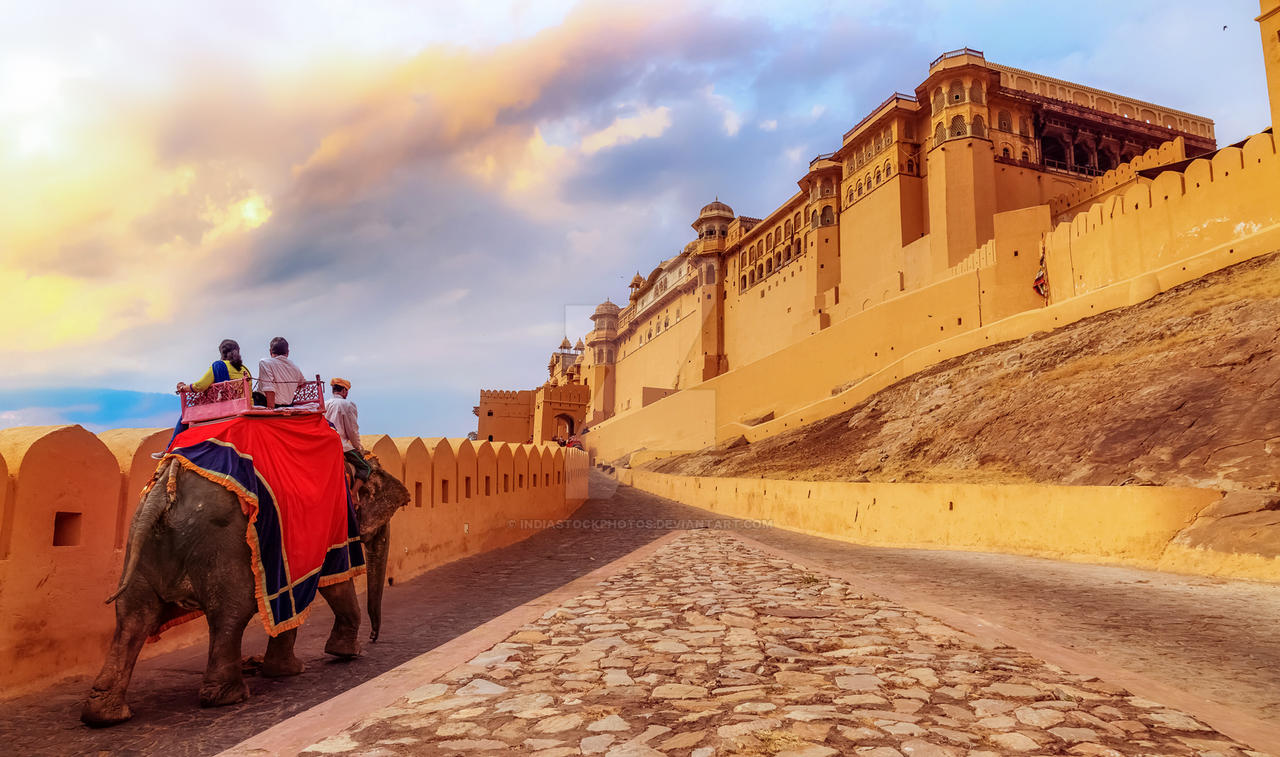


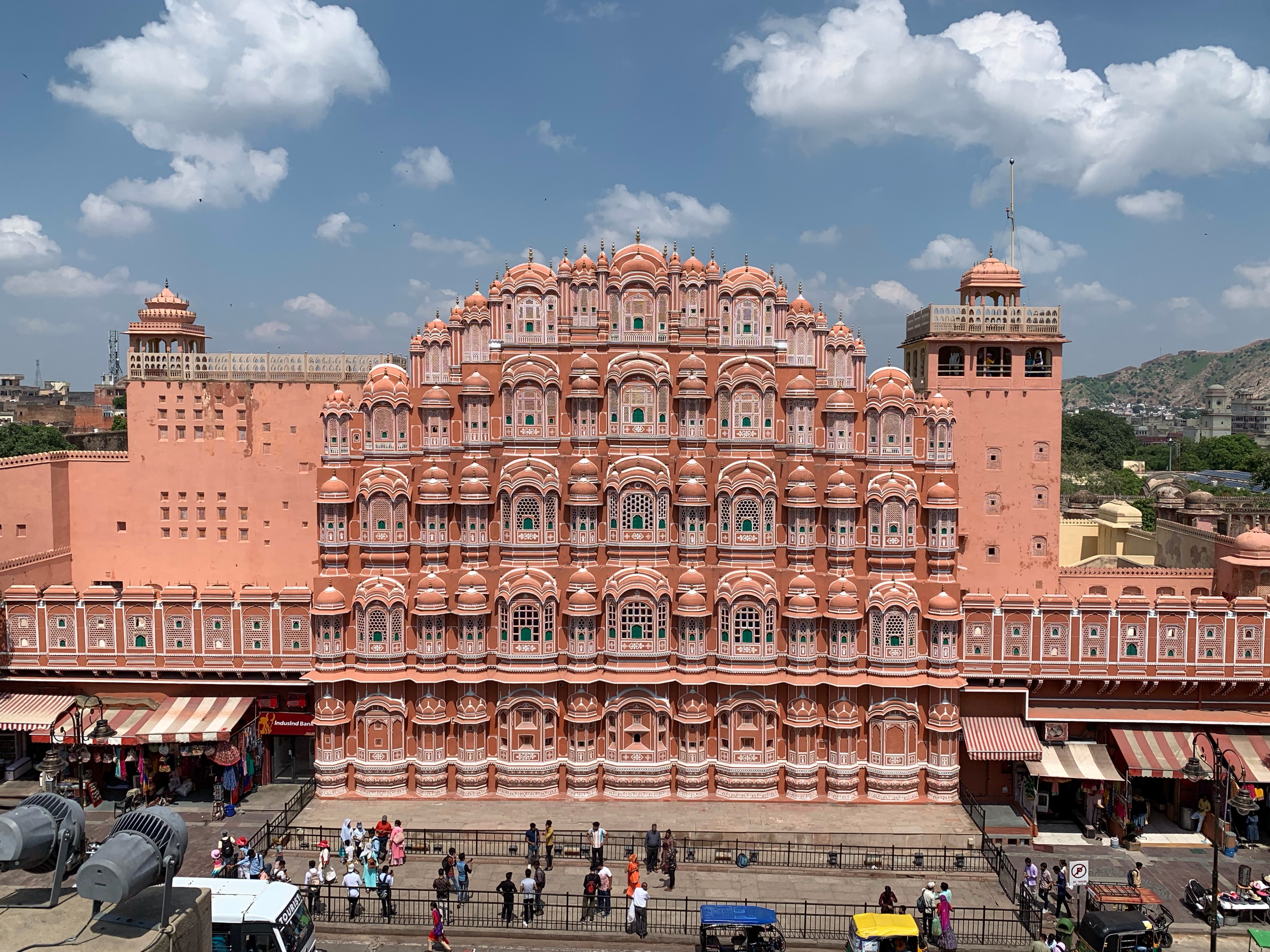



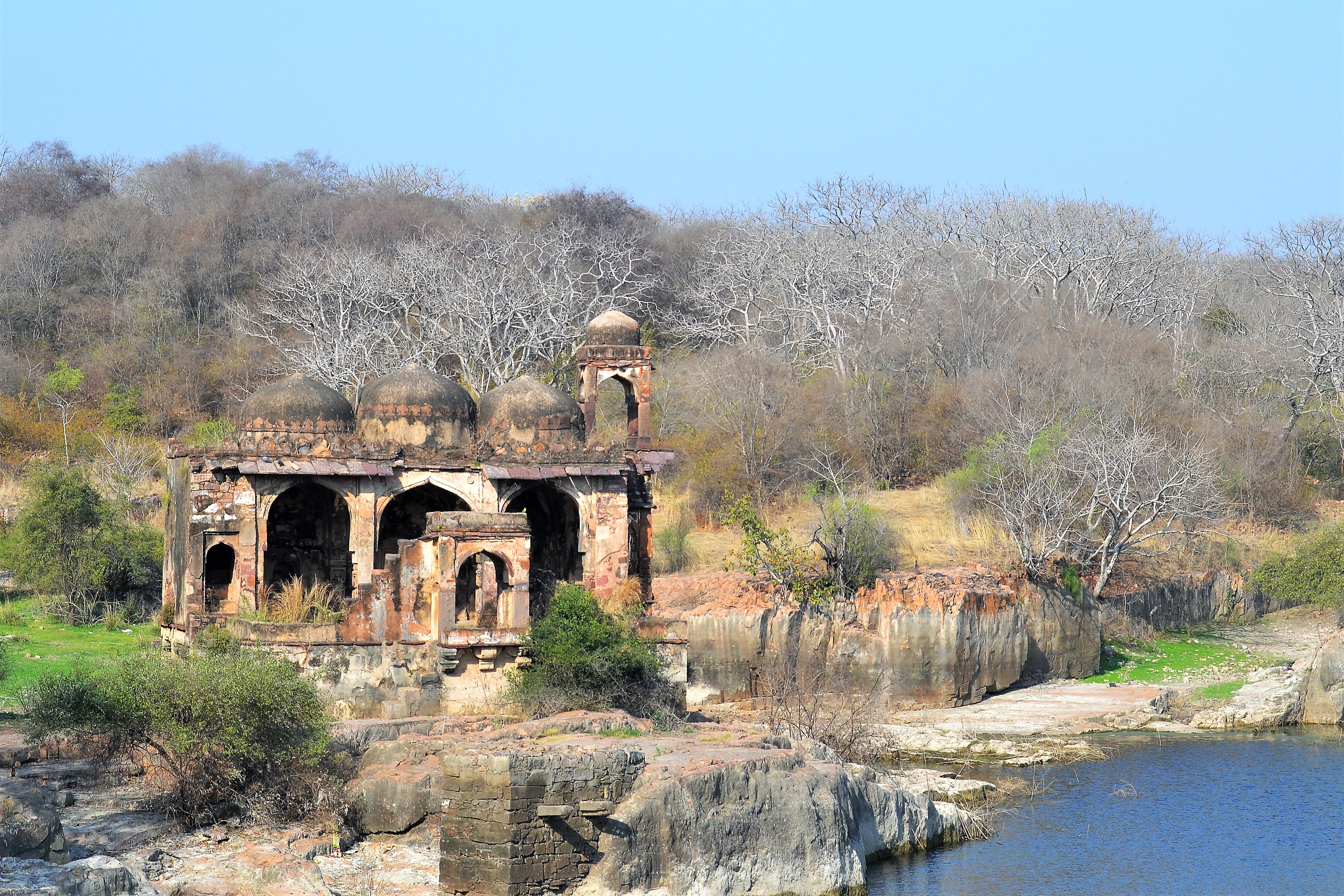
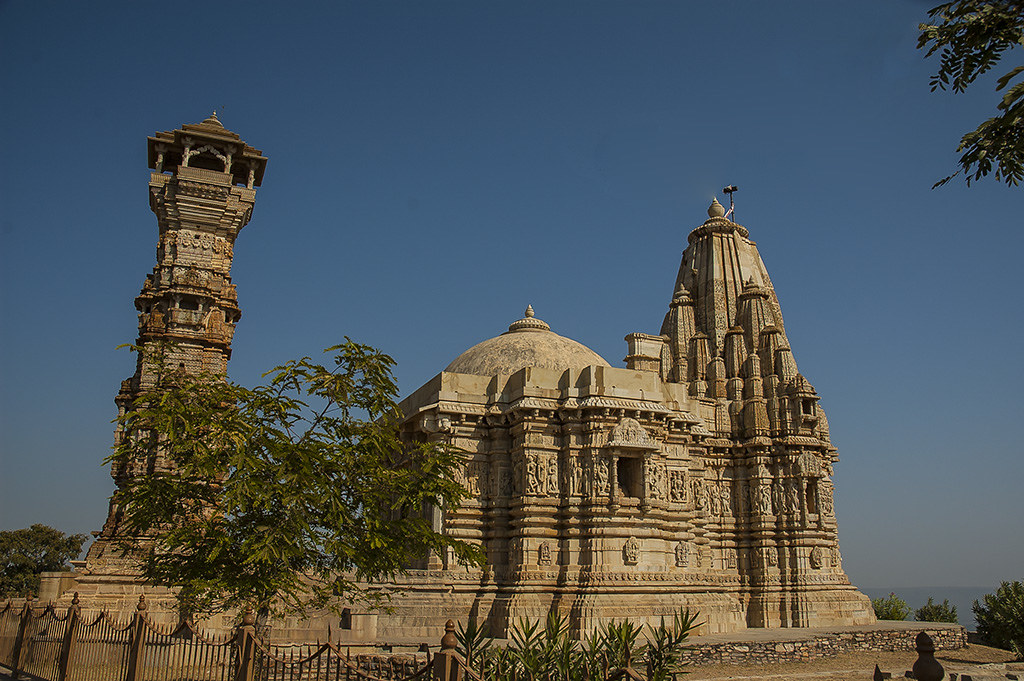
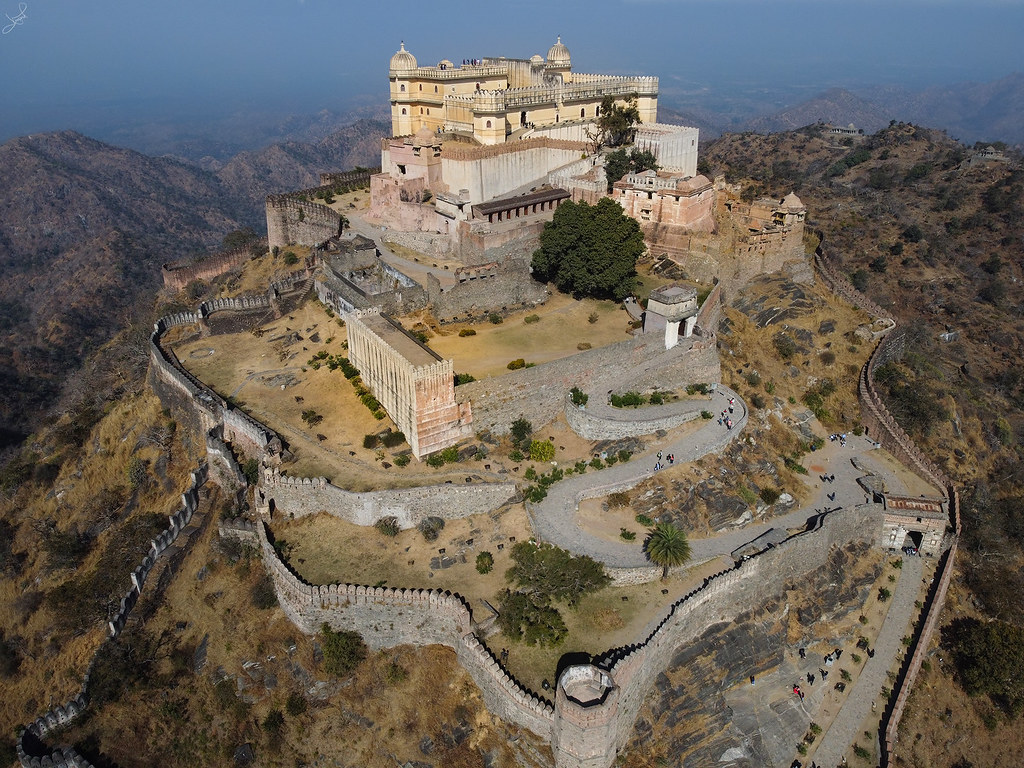


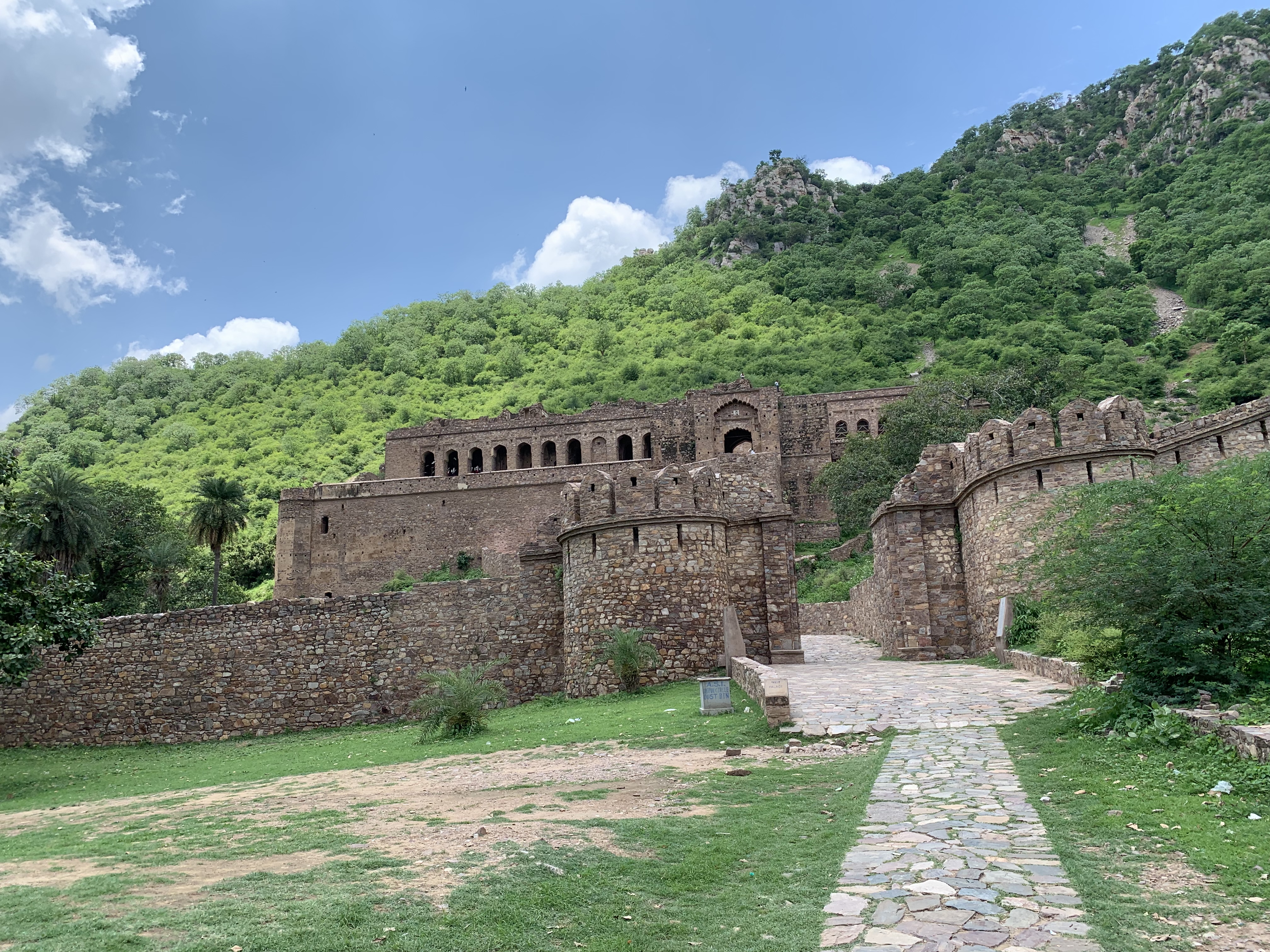

Your email address will not be published. Required fields are marked *
